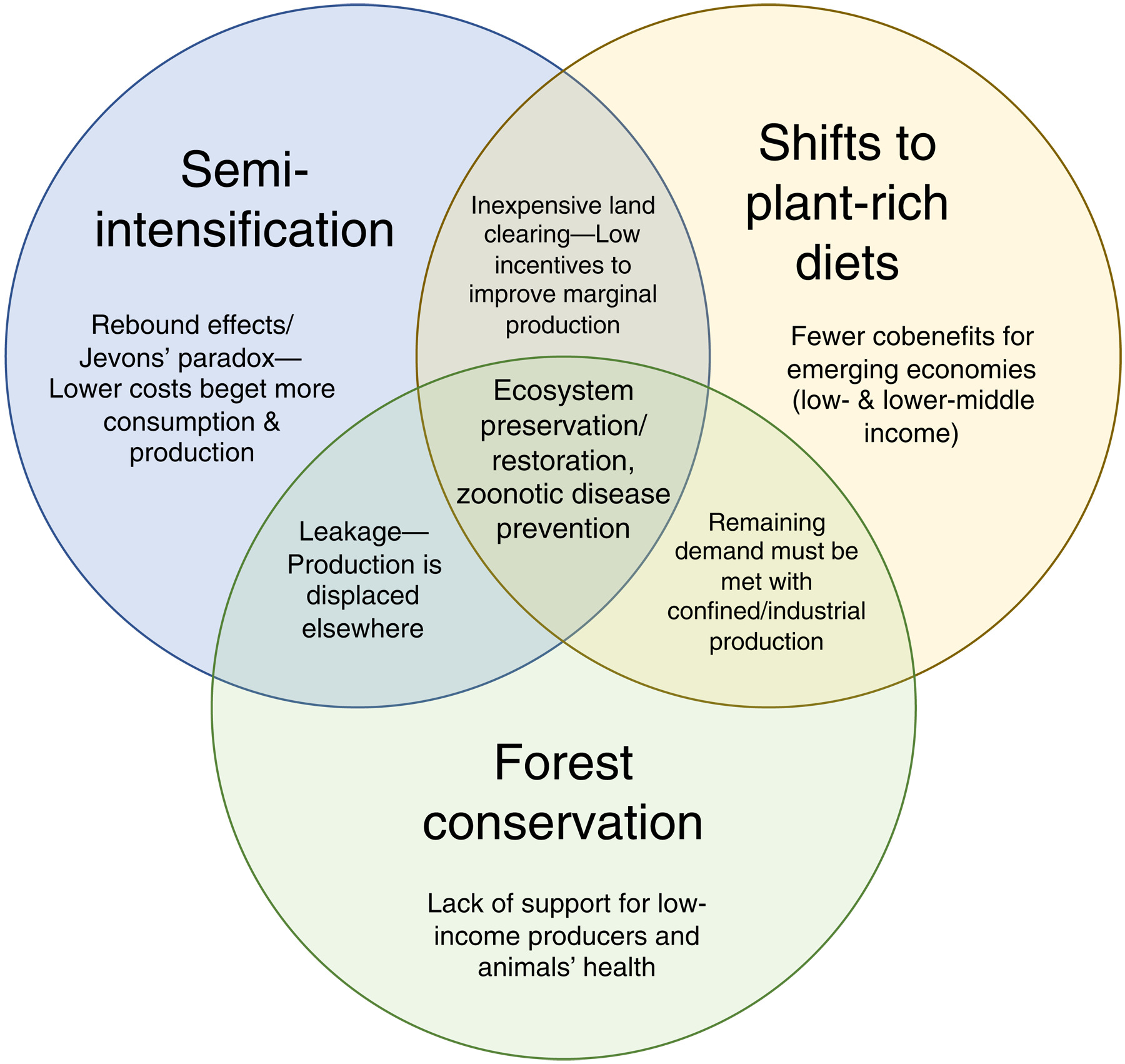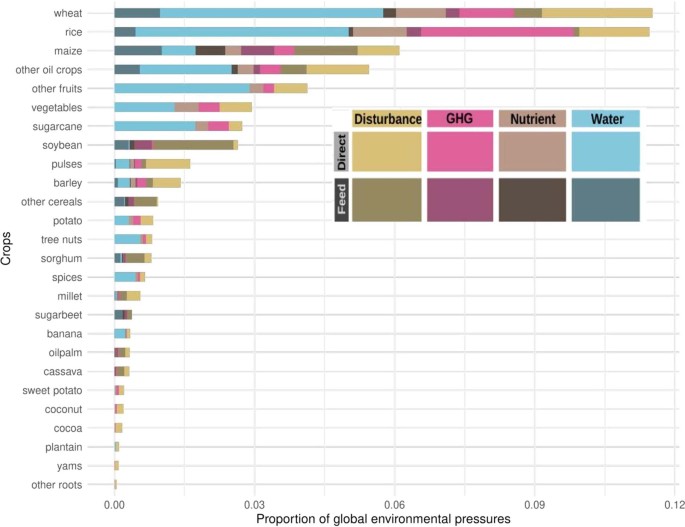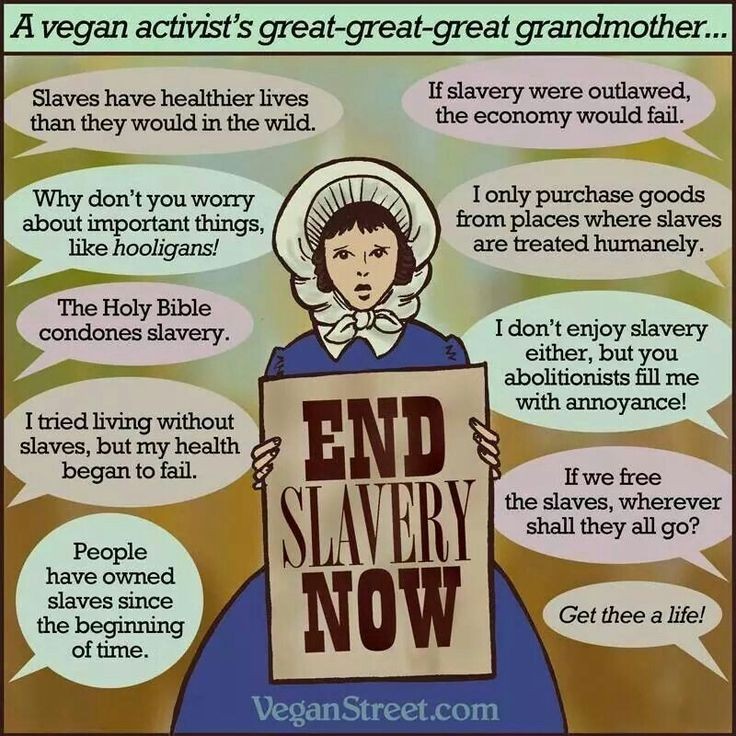Earthling Liberation notes
106 readers
2 users here now
We live in ~~a society~~ an ecosphere.
- not a place for debate
- lurk all you want
- make your own
/c/and crosspost if you are displeased with the rules
No system but the ecosystem
What does that even mean?
Here's an aspect: https://www.radicalphilosophy.com/article/nature-in-the-limits-to-capital-and-vice-versa
founded 1 year ago
MODERATORS
126
127
128
129
130
131
132
133
134
135
136
137
138
2
Explainer: Can climate change and biodiversity loss be tackled together? - Carbon Brief
(www.carbonbrief.org)
139
0
Could consumption of insects, cultured meat or imitation meat reduce global agricultural land use?
(www.sciencedirect.com)
140
141
-1
Targeted Grazing–The Latest Magical Solution To Improve Rangeland Health
(www.thewildlifenews.com)
142
143
144
145
146
147
148
149
150



